Thessaloniki gets ready for its metro launch in November
The underground rapid transit lines have been under construction for almost two decades due to various project delays
 TheMayor.EU logo
TheMayor.EU logo 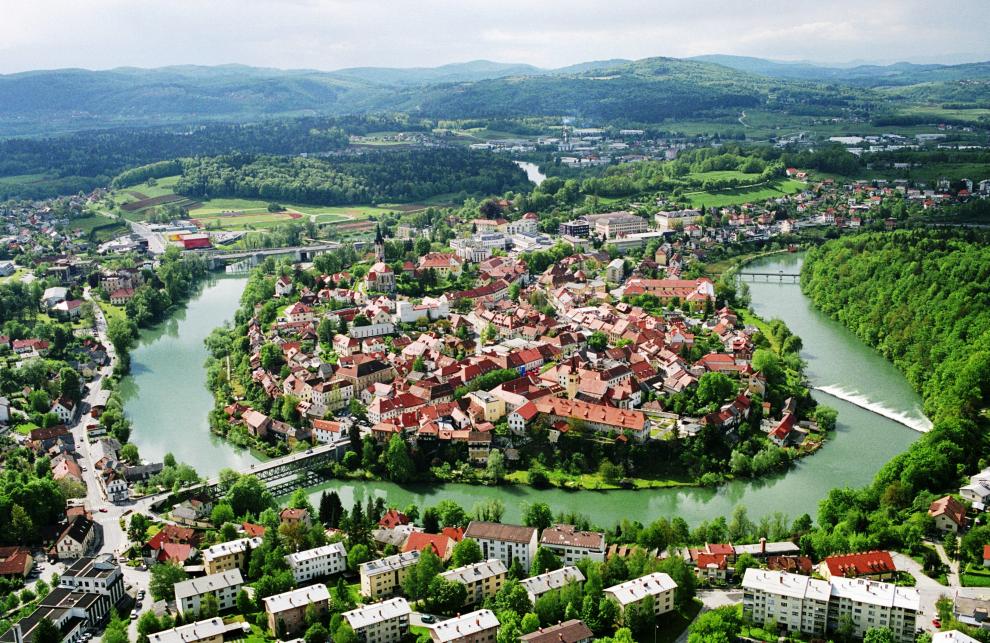
Novo mesto’s history as a city dates back 655 years, when Rudolf IV. von Habsburg decided due to the geostrategic advantages of the bend in the Krka river, the settlement deserves city rights. Before Rudolf, the geostrategic advantages and natural endowments of the space around the bend of the Krka were already known to the Illyrians and Celts. The first known settlement of this area dates back to the 10th century BC. The archaeological site Marof is one of the most important ones in Europe, when it comes to researching that period. On this hill, situated above the town, archaeologists have found situlae, remains of tools, weapons and other items, whose origin dates back to the Neolithic through to the decline of antiquity. The most famous excavations were dated back to the period from the 7th to the 5th century BC, when Hallstatt nobles were buried at Marof. In that period Novo mesto was one of the most important settlements in Europe.
In the Middle Ages, the town was the victim of Turkish incursions. An important line of defence against this danger stood right across the Krka valley, where one can still see more or less preserved castles from that period. Novo mesto was surrounded by walls, whose remains still exist today. At the time, Novo mesto was under the administration of the Habsburgs, who were aware of the geostrategic importance of this region in their efforts to extend its influence to the Adriatic Sea. Therefore, Rudolf IV von Habsburg signed a Charter on the rights to the city on 7th of April 1365, for which he earned representation on the Novo metso’s coat of arms.
Novo mesto is the administrative, economic, ecclesiastical, cultural, medical, educational, and sports centre of the Southeast Region of Slovenia. It is located precisely between two capitals: 70 km away from Ljubljana, the capital of Slovenia, and 70 km away from Zagreb, the capital of Croatia. There are approximately 37,300 people living in the Municipality of Novo mesto, with over 23,000 living in the town of Novo mesto. The whole municipality covers the area of 236 km², while the town of Novo mesto covers the area of 30.3 km². It is the seventh largest town in Slovenia and the Municipality of Novo mesto is one of the eleven Urban Municipalities in Slovenia.
Novo mesto is recognizable by its exceptionally successful pharmaceutical, automotive, construction, textile and other industries, as the municipality is home to large companies such as Krka, Revoz, Adria Mobil and TPV. Novo mesto is known as “the export capital of Slovenia”. Companies in the region generate approximately 70% of their revenues from sales on foreign markets (Slovenia 39%). There are 2,900 companies (11 large and 15 middle-sized) in the region that employ 23,000 employees, which represents 52% more jobs than there are economically active residents living in the region. Top 3 export partner countries are France, Russia and Germany.

Near Novo mesto visitors can enjoy another popular hiking area - The Gorjanci Hills. On the way to the top, the must stops are the famous mountain lodges on the hills of Gospodična and on Miklavž. One can recognise the higest peak in the region - Trdinov vrh (1178 m) from far due to its broadcasting transmitter perched on top.
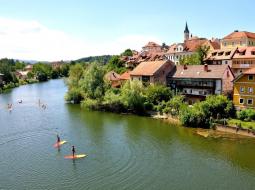
When visiting Novo mesto, we cannot avoid the Krka River that can offer something to everyone. Boating, fishing and the walks along the riverbanks allow for an escape from the everyday hustle and bustle. Larger parties can choose and experience the navigation and a luncheon on Rudolf's Raft, which spoils the gusts with a unique view of the old town. Adrenaline enthusiasts can try the stand-up paddle boards, rafts, kayaks, go diving or jump in the Krka River from the Kandija bridge.
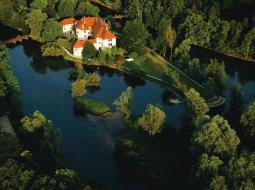
Novo mesto is home to the only water castle in Slovenia – the castle of Otočec - a real historical jewel. In its vicinity there are also an adventure park, a golf course, a tennis centre and the Šport Hotel with brand new wellness centre.
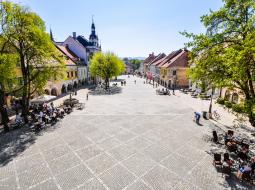
In the central location in the old town is the main square with its distinctive arcaded facades, originating from the 16th century. The tallest building in this part of the city is the Town Hall dating back to 1905, which became, since its renewal, once again the seat of the mayor and a place for meetings of the municipal council. Above the town centre, in a meander of the Krka River, is situated the Kapitelj Hill with the church of St. Nicholas with a painting of the famous Italian painter Tintoretto. In the central part of the town is the picturesque street called Breg, which was built on the former defensive walls. There are also the premises of the Museum of Dolenjska with the world-famous collection of archaeological artefacts, the Franciscan monastery with a rich library, and there is a fountain with imprinted verses of the serenade written by the famous poet and fellow resident Dragotin Kette.
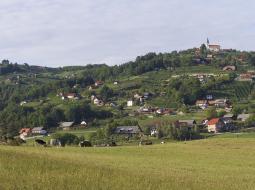
The Region of Dolenjska is known with its hills covered with vines, among which Trška Gora is the most famous. The hill of Trška Gora is an attractive hiking location, with vineyard cottages and the church on the top.
Address: Seidlova cesta 1, 8000 Novo mesto